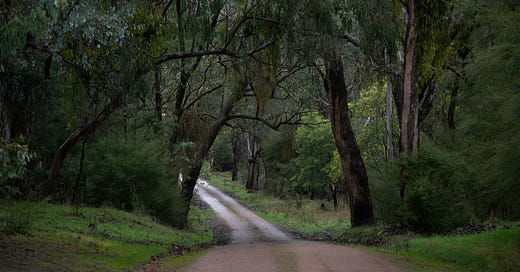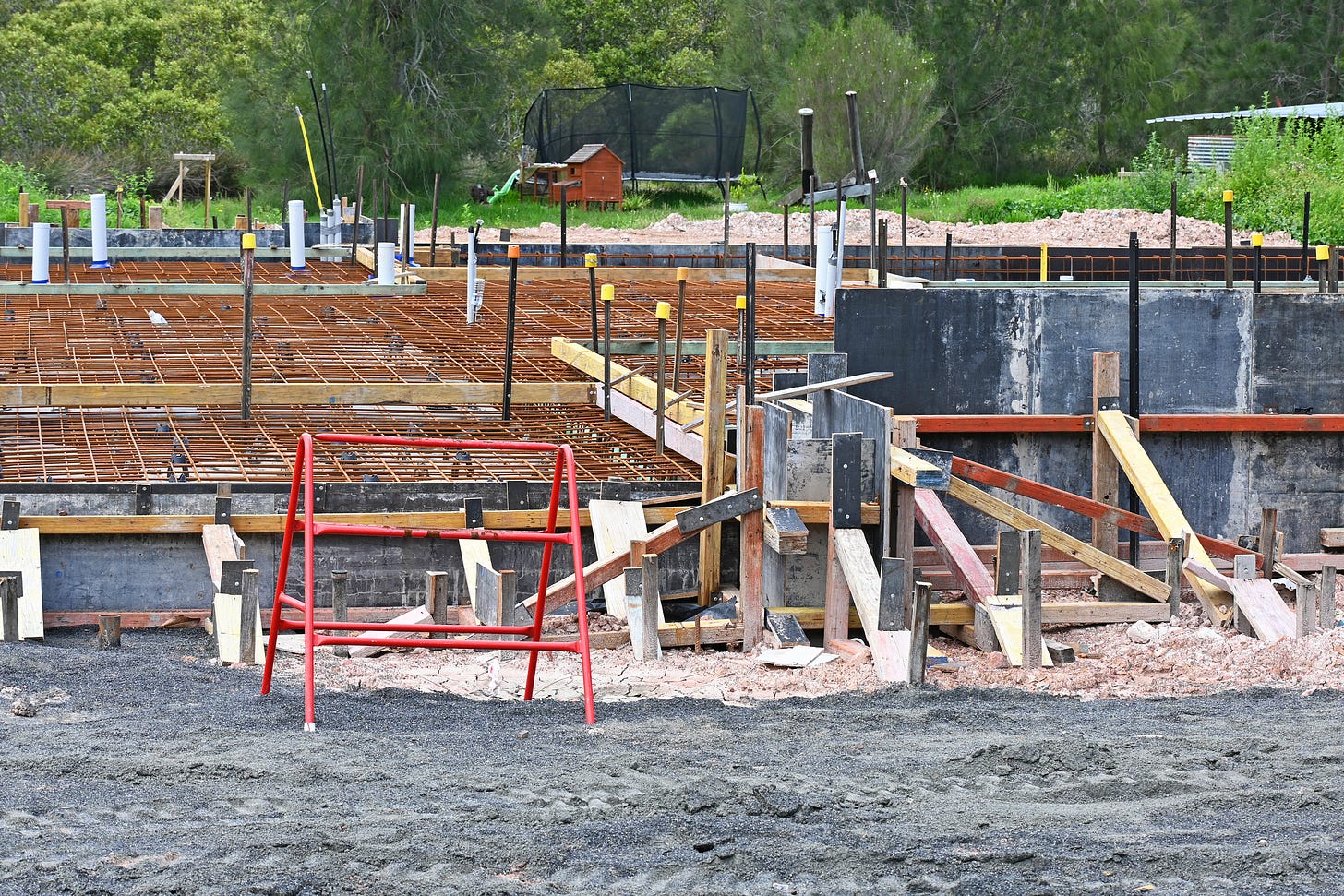Your Property Market Insights
Slowing Rental Growth, Investor Shortages, and Undersupplied Markets: A Weekly Look at The Hot Topics in Real Estate Across The Country…Jan 18 2025
Welcome to your weekly edition of Groundswell Property’s Market Insights, where we bring you the latest trends, research, and expert opinions shaping real estate across Australia.
As always, our goal is to provide evidence-based insights to help you make informed property decisions—whether you're buying, selling, or simply keeping a pulse on the market. Let’s dive in and explore this week’s top stories!
Here’s what’s happening across Australia:
Rental growth slows: Rents rose by 6.9% in 2024, a sharp decline from the 11.5% growth in 2023, as rental listings increase and cost-of-living pressures impact tenants.
Investors needed: Australia faces a significant shortage of rental properties, with 35,000 fewer property investors entering the market than required over the past five years.
Housing approvals slump: Building approvals fell at the back end of 2024, with Australia struggling to meet its ambitious target of 1.2 million new homes by 2029.
Buyers’ market emerging: Eased price growth, rising listings, and slower purchasing activity are shifting some markets in favour of buyers, although prices are still rising in most areas.
This week’s roundup highlights the growing challenges in housing supply, the need for more investor activity, and opportunities emerging in undersupplied markets. Let’s dive deeper into the data and insights shaping the year ahead.
Investors Needed To End Shortage Crisis
Attracting more investors to the property market is what will help ease Australia’s housing crisis, according to new research.
The analysis by the Property Investment Professionals of Australia (PIPA) and the Property Investors Council of Australia (PICA), says there is a shortage of property investors, with tens of thousands more needed to help ease the ongoing market issues.
It says Australia fell short of nearly 35,000 property investors over the past five years.
Between March 2019 and March 2024, Australia’s population grew by 1.8 million people which the research says necessitates an additional 212,000 rental properties.
This requires an increase of 145,000 investors, but Australian Taxation Office (ATO) data shows only about 111,000 additional property investors entered the market.
PIPA chair Nicola McDougall says there are many barriers causing the reduced number of investors and therefore rental properties, including stricter lending policies, regulatory changes and tax increases.
PICA chair Ben Kingsley says investor activity is far below the level needed to house Australia’s growing population.
Housing Target Failure
Building approvals eased toward the end of 2024, with new Australian Bureau of Statistic figures showing approvals in November are down by 3.6% on the previous month.
The latest data, released in January, shows drops in all residential building types - and confirms Australia is well short of the level of new dwellings needed to meet government targets of 1.2 million new homes by mid-2029.
ABS head of construction statistics, Daniel Rossi, says approvals for houses are down 1.7% and for other residential property (units, apartments and townhouses) are down 10.8%
Queensland is the only state to record growth in private sector house approvals in November, with a 4.3% rise.
Unit approvals are higher than house approvals in every state and there is a particularly large difference in Victoria where 4,644 units have been approved and 2,567 houses.
News South Wales has 3,539 units and 1,744 houses, Queensland 3,259 units and 2,026 houses, South Australia 1,104 units and 895 houses and West Australia 2,085 units and 1,518 houses.
While the number of buildings being approved may have dropped during the month, the value of residential construction is rising, in line with increased development costs.
The ABS data shows the total value of building approved increased 6.6% in November to $14.32 billion.
Rents Rising But Growth Rate Eases
Rents across Australia continue to grow but are growing at their slowest pace in more than three years, according to new analysis by the REA group.
Nationally rents rose by 6.9% over 2024, compared with 11.5% growth in 2023.
REA Group senior economist Paul Ryan says advertised rents in capital cities grew by 1.6% during the December quarter to $640 per week. Most capital cities did not record an increase during the quarter, except for Brisbane, which is up 1.6% and the ACT which is up 3.3%.
Although rents didn’t increase in Sydney in the past quarter, it still has the highest median asking rents: $780 per week for houses and $700 per week for units.
Unit rents in 2024 are up by 7.1% nationally to $600 per week.
Ryan says the slowing in rental growth can be attributed to a number of factors including an increase in rental listings and cost of cost-of-living pressures reducing a tenant’s ability to pay higher rents.
“The pace of rent growth across the country is slowing, with market conditions easing for renters,” Ryan says.
Buyers Finally in Favour In Some Cities
Property prices may remain high, but changes in some key fundamentals are now helping it to swing toward a buyer’s market in some locations.
CoreLogic head of research Tim Lawless says price growth (the national average) has eased, listings are up and purchasing activity is down, theoretically creating a better position for buyers - although the situation varies from one location to the next, with prices still rising in most cities and regional markets.
CoreLogic data shows the number of listings, at the national level at the end of 2024 was 3.8% higher than at the same time in 2023. It says total stock levels accumulated through spring and early summer.
Total listings in Sydney, Melbourne, Brisbane, Adelaide, Perth and Canberra ended 2024 higher than at the same time in 2023. Listings were lower in Darwin and Hobart for the same period.
Days on the market (the national average) are also increasing. During much of 2024, the median time on the market was 28 days, which increased to 33 days in the December quarter. Again, there are regional differences.
Lawless says although selling conditions have rebalanced in favour of buyers in some places, the median vendor discount rate tightened slightly in 2024 to -3.6% in the three months to December 2024 compared with -3.8% a year earlier.
“This suggests that sellers have been relatively realistic when setting initial listing prices and have become more willing to meet the market,” he says.
Key Takeaways
Australia’s property market continues to adapt to changing conditions, presenting both challenges and opportunities for investors, buyers, and renters alike. While rental growth is slowing and some cities are shifting toward a buyer’s market, housing supply remains critically low, and investor activity is needed more than ever.
For buyers and investors, the keys to success will be:
Focusing on markets where affordability is driving growth.
Staying informed about interest rate changes and their impact.
Playing the long game to take advantage of steady growth in undervalued areas.
Keep an eye on the suburbs tipped for strong growth, stay informed on market dynamics, and remember: the key to success in real estate is staying ahead of the trends. Thanks for joining us, and we’ll see you next Saturday with more insights to guide your property journey.
We look forward to supporting you on your property investment journey in 2025 - Tom
Tom Haigh
Director & Licensed Buyers Agent
Groundswell Property - Established 2015
tom@groundswellproperty.net0439754475







